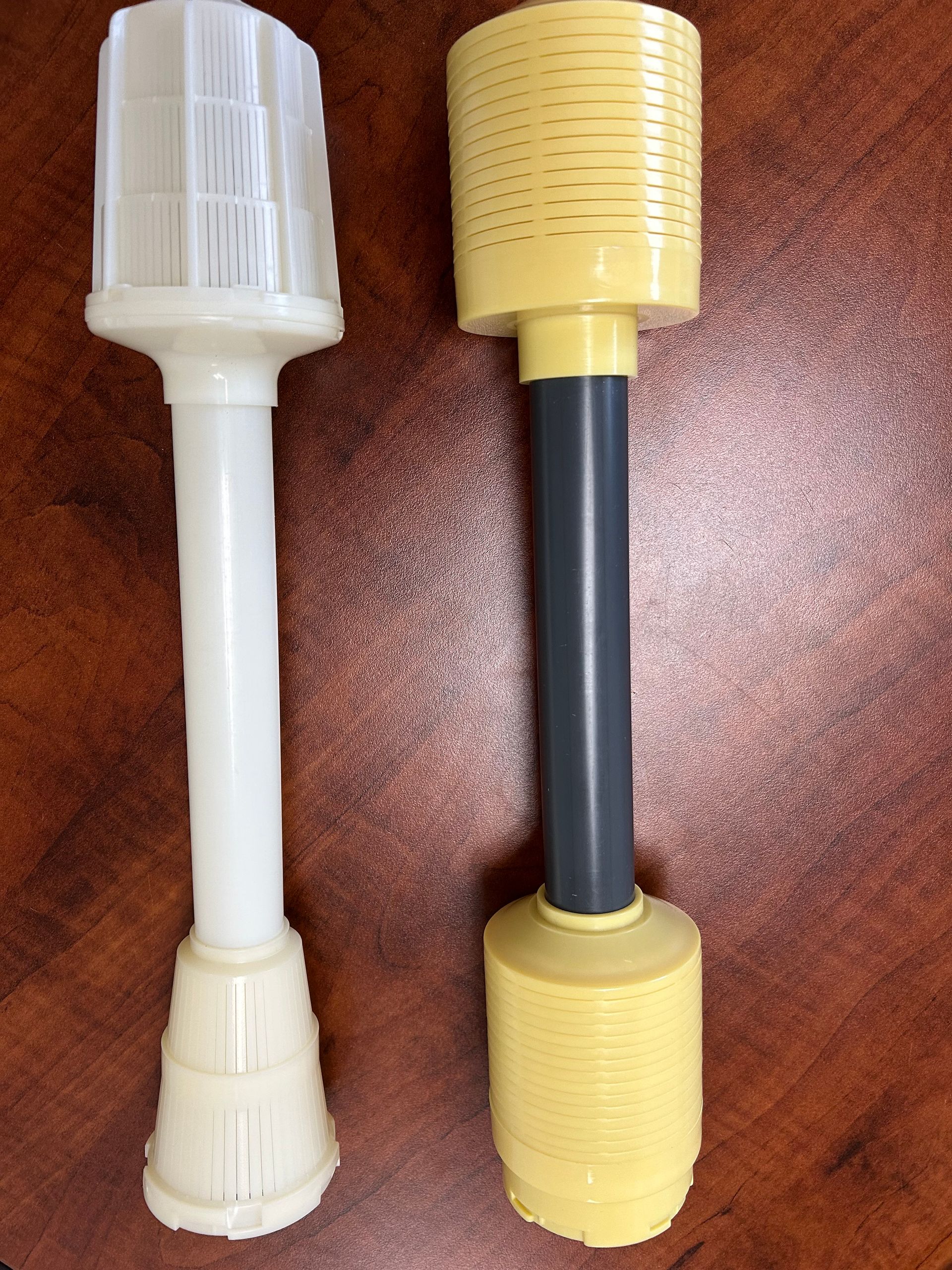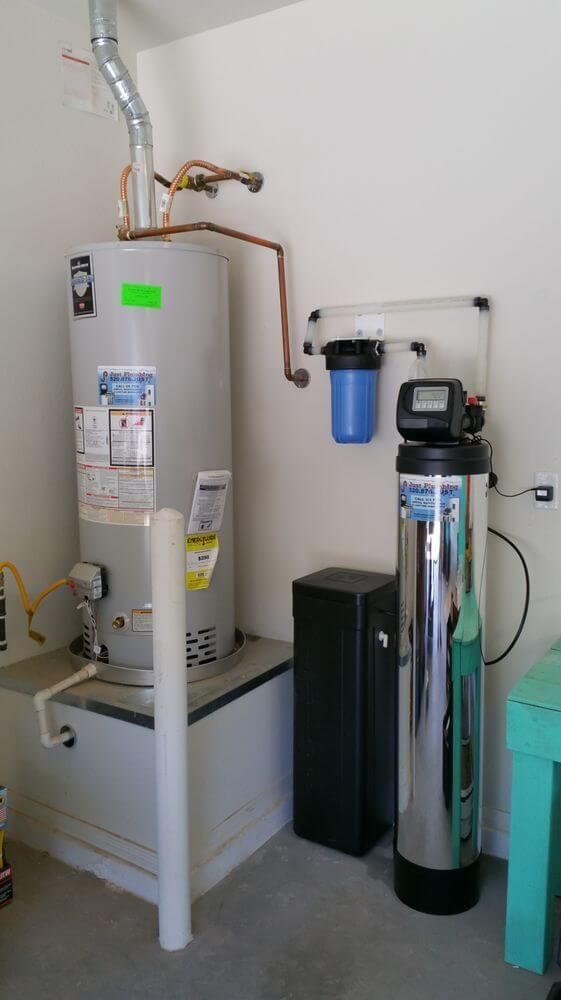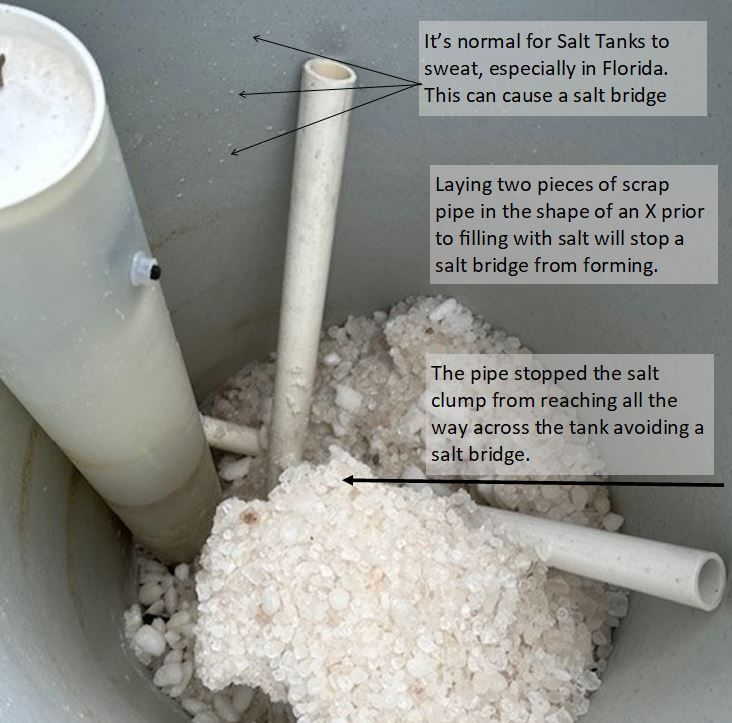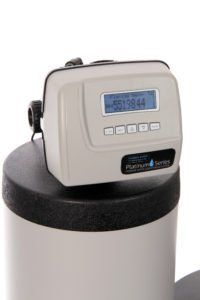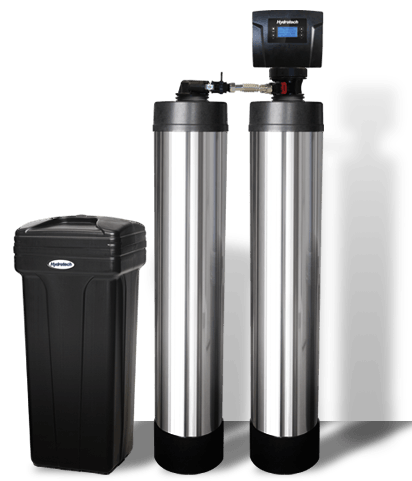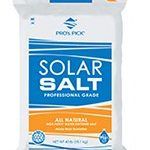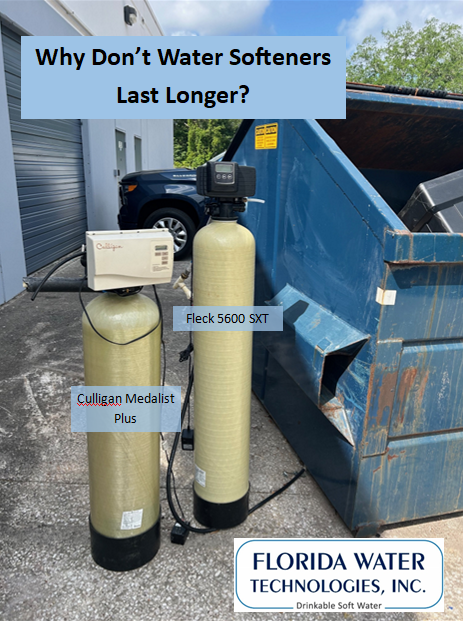If your like me you moved here not knowing the first thing about hard water or water softeners. Not only did i not know where i could buy a water softener but also I didn’t know how to maintain a one after the purchase. This entry will simplify the unknowns about water softeners and hopefully provide you with the peace of mind and confidence to operate one.
A water softener located in Jacksonville FL on our municipal city water will simply need routine salt fill ups. Like your car burns gasoline water softeners use salt in an ongoing way similar to your car. Just like periodic fill ups of fuel for your car, the water softener needs a routine fill up of water softener salt. Depending on the size of your family will determine how often a salt fill up is necessary. Typically an average size family will use a bag of water softener salt per month, some will use more and some will use less. These salt bags are available at local Jacksonville grocery stores and come in 40 lb. bags. A typical water softener can hold 200-300 lbs. of water softener salt in it’s salt storage container called the brine tank. Due to this a water softener can either be topped off monthly or you can wait until the level lowers down to half empty or less before you top it off.
Other Than Salt What Parts May Need to Be Replaced? 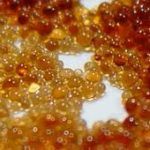
Other than salt fill ups a water softener has two sets of wearable, friction receiving part groups. The water softener resin media and the internal valve parts. The most commonly replaced parts in a water softener in Jacksonville is the resin media. If you are thinking, “what the heck is resin media?”, your not alone. Simply put water softener resin media is the heart of a soft water system and resembles tiny plastic beads. Over time, mainly due to chlorine exposure, these tiny beads lose their integrity and fail. Resin failure can produce two side affects, a gradual loss of water pressure throughout the entire home and or these tiny beads can exit the water softener and show up inside your homes appliances and pipes. In most cases water softener resin requires replacement every 6-10 years.
How To Stop Resin Failure and the Need for Resin Replacement
We replace a lot of water softener resin in Jacksonville FL mainly because our chlorine levels are so high. These high chlorine levels wear out the resin media breads 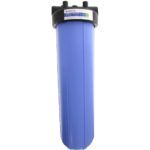 sooner rather than later. Chlorine is an oxidizing agent and most water softener manufacturers will not provide warranty coverage on the internal parts of a water softener when chlorine is present. A simply cost effect solution to this is to combine a whole house filtration system along with a water softener. If installed correctly the whole house filtration system can extend the life of the resin media to 20+ years of expected service.
sooner rather than later. Chlorine is an oxidizing agent and most water softener manufacturers will not provide warranty coverage on the internal parts of a water softener when chlorine is present. A simply cost effect solution to this is to combine a whole house filtration system along with a water softener. If installed correctly the whole house filtration system can extend the life of the resin media to 20+ years of expected service.
The post How To Maintain a Water Softener In Jacksonville FL appeared first on Florida Water Technologies.
